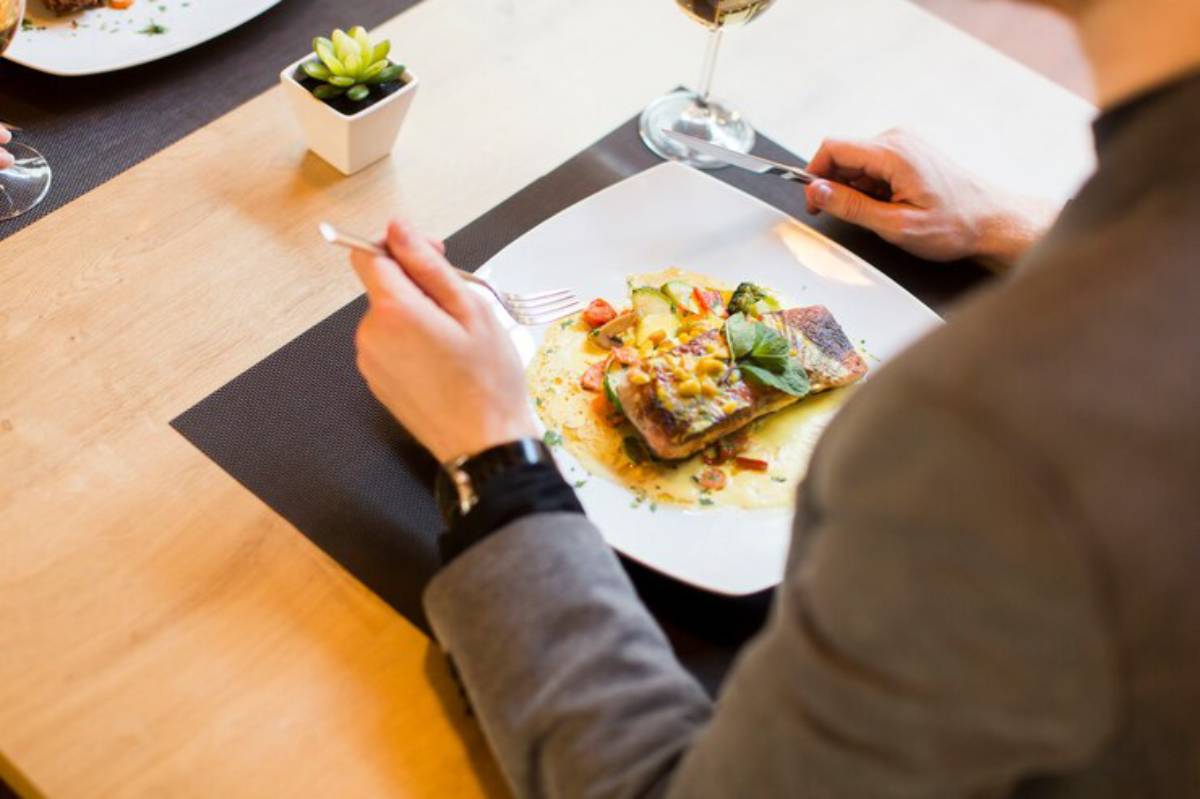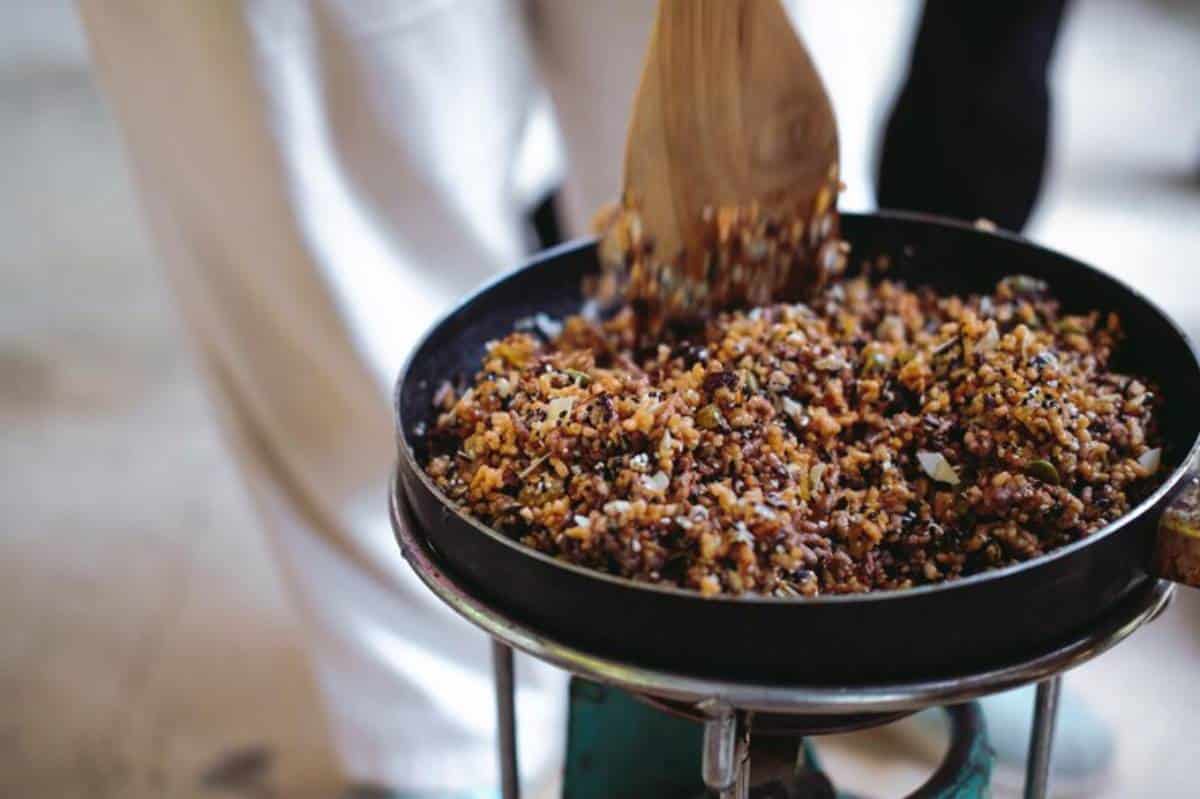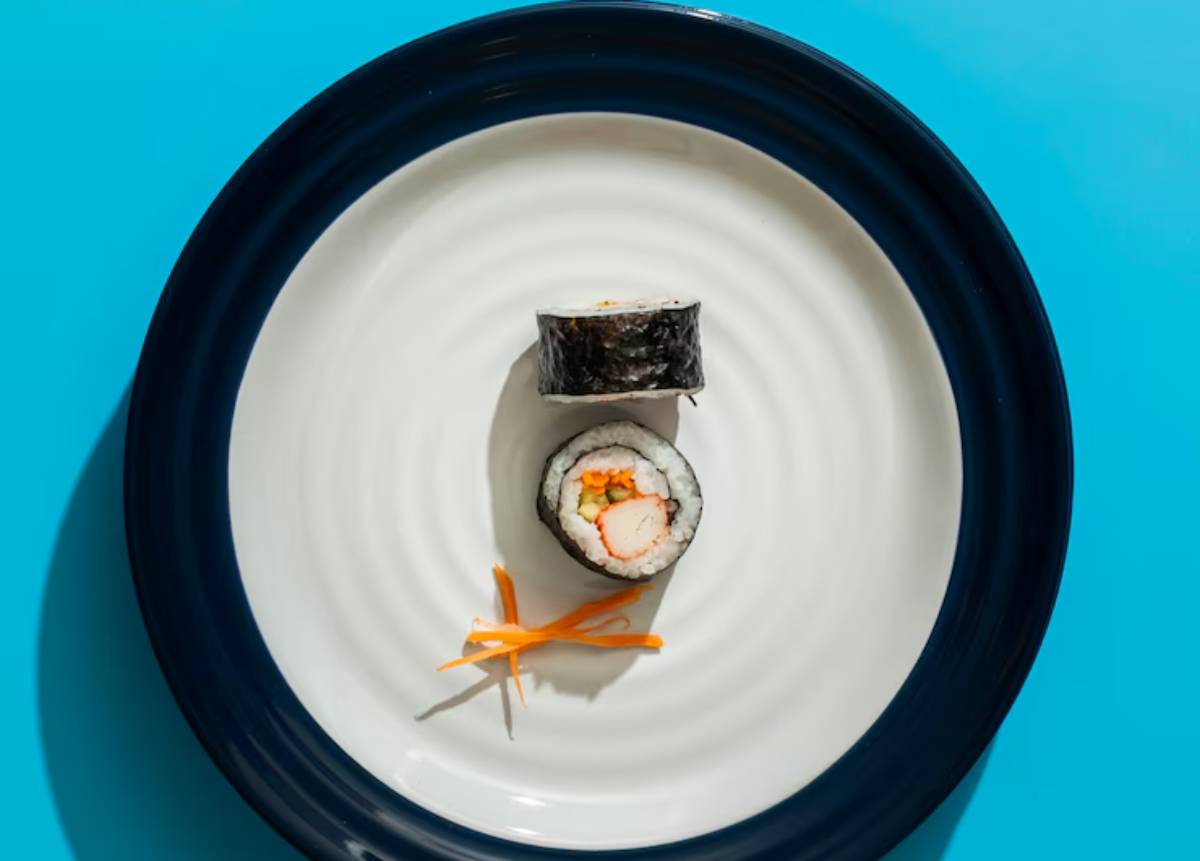
Negative Space: Less is More in Plating
Sometimes, what’s not on the plate matters just as much as what is. In a world of over-the-top garnishes, towering stacks, and maximalist plating trends, there’s a quietly powerful approach that stands out: negative space.
Rooted in design theory, negative space — the empty space around and between elements — is as much a part of the presentation as the food itself. In plating, it draws the eye, creates focus, and brings sophistication through restraint. It’s a cornerstone of modern gourmet styling, and when done well, it elevates even the simplest ingredients to restaurant-level art.
This guide explores how to use minimal plating ideas effectively through the lens of negative space. You’ll learn what it is, why it works, and how to apply it in your own kitchen — whether you’re plating for guests, a social feed, or just the joy of creating something beautiful. Along the way, we’ll draw from art, psychology, and culinary practice to give you the confidence to plate with purpose, not excess.
What Is Negative Space in Plating?
The design principle behind the plate
Negative space, also known as white space, is a concept borrowed from art, architecture, and graphic design. It refers to the intentional use of empty areas to enhance visibility, draw attention, and create balance. In food, it means leaving parts of the plate untouched so that the plated elements can stand out.
Rather than filling every corner of the plate, you let the food breathe — and by doing so, you let the viewer breathe too.
Why chefs embrace minimalism
Modern chefs have increasingly moved towards minimalist plating for both aesthetic and philosophical reasons. By highlighting fewer components, each one gets its moment.
There’s room for:
- Greater precision
- Cleaner lines
- Intentional storytelling
The best dishes don’t just taste refined — they look composed. Negative space offers clarity in a culinary world that’s often too crowded.
The Psychology Behind Less-Is-More
Visual hierarchy and focus
Negative space helps the brain process what it’s seeing more easily. A plate with breathing room allows the focal element — a scallop, a quenelle, a stack of roasted beetroot — to shine.
Too many elements cluttered together can be overwhelming. With minimalism, the eye naturally lands where it’s supposed to.
- Visual flow: White space guides the eye
- Perceived elegance: Sparse presentation feels elevated
- Increased value: Diners often associate minimalism with refinement and intention
Think of it this way — a diamond set alone on a velvet pad appears more precious than one in a pile of gemstones.
Appetite and emotional response
Plating with negative space can heighten anticipation. It suggests restraint, balance, and attention to detail. You’re not just feeding hunger — you’re creating experience.
In fact, studies in food psychology have shown that minimal plating enhances perceived taste and value, especially in fine dining contexts.
How to Apply Negative Space to Your Plating
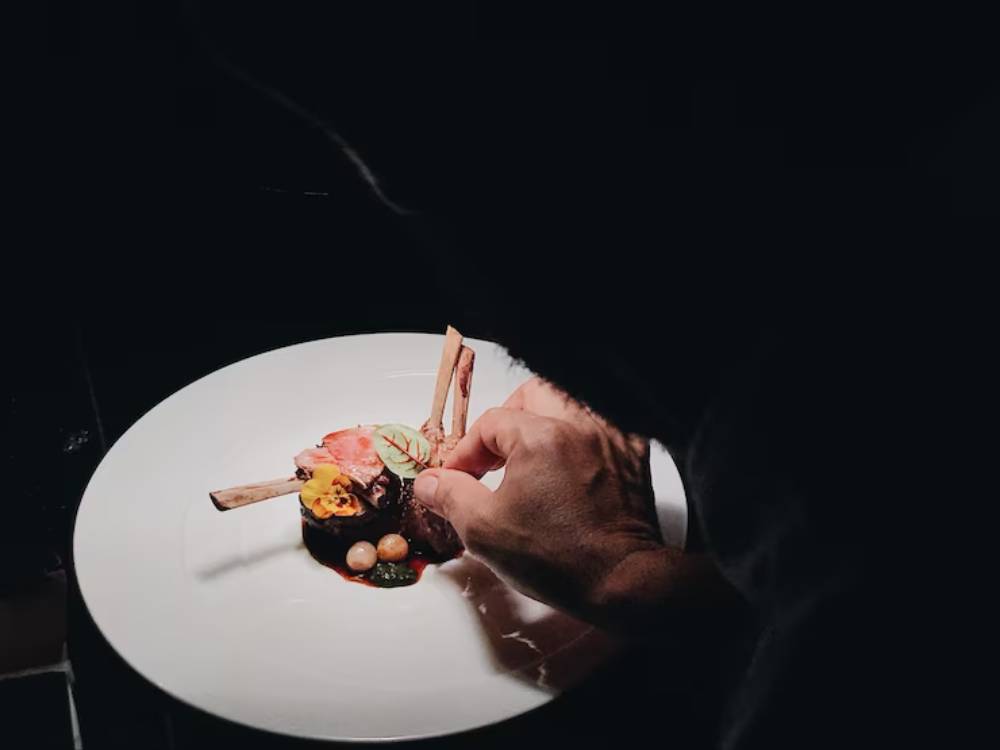
Choose the right plate
Start with your canvas. The size and shape of your plate dramatically affect how space reads.
- Large round plates allow for central focus and clean circles of empty space
- Rectangular or square plates encourage linear composition with off-centre elements
- Asymmetrical plates can enhance movement and draw attention to negative zones
Avoid crowding — choose a plate that gives your food room to breathe.
Keep components few and intentional
You don’t need 12 garnishes and three sauces.
Start with:
- One central element (protein, veg, or starch)
- One or two complementary items
- One garnish (optional but impactful)
Everything should have a purpose — if it doesn’t add to the flavour, texture, or story, leave it off. Simplicity is the soul of minimal plating ideas.
Place with purpose
Negative space works when the plated elements are thoughtfully positioned.
Try these layouts:
- Off-centre focal point: Place food to one side, leaving open space opposite
- Diagonal tension: Create movement from corner to corner
- Golden ratio: Position the main element two-thirds from one edge for natural appeal
Avoid symmetrical stacking unless it supports the story of the dish — minimalism isn’t boring, it’s deliberate.
Real-World Example: Reinventing a Classic
Let’s take a familiar dish — beef tartare. Traditionally, you might see it as a circular mound in the centre, surrounded by dots of sauce, toast points, and microgreens.
To apply negative space design:
- Plate the tartare as a single quenelle or disc slightly off-centre
- Dot a single contrasting sauce around one side, not the whole circumference
- Leave one half of the plate clean, with maybe a solitary flower or herb stem to echo the tartare’s colour
Now the eye moves naturally from the garnish to the tartare, resting in the open space before returning again. You’ve told a story, not just served a dish.
And if you’ve already explored plating colour techniques, this approach naturally complements them. Negative space becomes your stage, and colour becomes your spotlight.
Supporting Techniques That Enhance Negative Space
Textural restraint
Avoid busy or messy textures that demand visual space. Crisp-edged, well-cut, cleanly layered components make negative space feel like a choice, not an accident.
- Use purées sparingly and precisely
- Avoid overly runny sauces or crumbs
- Keep garnishes neat and minimal
Clean lines and borders
Wipe the plate rim. Always. Minimal plating thrives on cleanliness. Any splatter or smudge undermines the effect of purposeful white space.
Use squeeze bottles, offset spatulas, or even brushes for precision.
Natural colour contrast
Let the food’s colour work with the plate’s space. Pale foods on dark plates, or rich colours against white, enhance the feeling of air and balance.
For example:
- Bright orange carrot purée on a matte black plate
- Grilled monkfish with deep green herb oil on porcelain
- Chocolate tart with raspberry coulis on beige stoneware
Negative space lets the colours sing.
When Negative Space Works Best
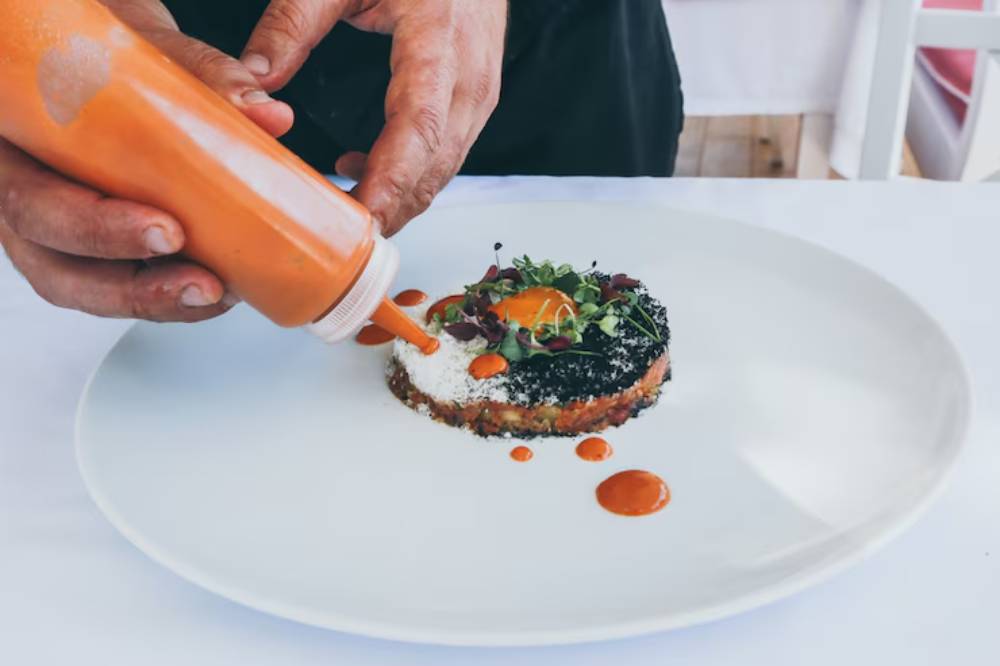
Tasting menus and fine dining
Minimalist plating is especially powerful in multi-course meals. It helps create rhythm and elegance throughout the sequence.
- A minimalist course offers contrast to richer ones
- The simplicity gives the diner visual (and palate) pause
- It emphasises seasonality and precision
Seasonal or local ingredient showcases
If you’re cooking with exceptional produce — think heirloom tomatoes, spring asparagus, or wild mushrooms — let them shine solo or nearly so. Negative space highlights their natural beauty.
This is where modern gourmet styling meets ethical, thoughtful cooking. You’re saying: this ingredient is so good, it doesn’t need bells and whistles.
Mistakes to Avoid in Negative Space Plating
Mistake 1: Too much space
Negative space should feel intentional, not accidental. If your food looks like a small mistake in the middle of a massive plate, it’s probably too sparse.
Fix it: Use a slightly smaller plate, or adjust the composition to fill more visual weight.
Mistake 2: Unbalanced placement
If the dish feels like it might tip over visually, there’s too much weight on one side with no offset.
Fix it: Add a subtle garnish, swipe, or element on the opposite side to anchor it.
Mistake 3: Messy execution
Minimalism leaves no place to hide. Smears, sauce puddles, or haphazard garnishes look more obvious.
Fix it: Practice plating each component with precision. Less is more — but only when it’s sharp.
Real-World Scenario: A Casual Gourmet Moment
You’re making seared duck breast with beetroot purée and sautéed kale. Normally, you might pile it together, maybe toss on some microgreens.
Try this:
- Place three slices of duck off-centre
- Add a single swoosh of beet purée underneath
- Dot a few sautéed kale leaves to one side
- Leave half the plate clean
It takes no more time — just different thinking. Suddenly, the dish looks composed. Like you planned every detail. And you did.
To take it further, finish with something from our guide to using microgreens and edible flowers for garnish — a few mustard cress leaves or a single edible bloom can complete the story with minimal effort.
Conclusion: The Art of Restraint
Negative space isn’t about doing less for the sake of it — it’s about doing less so that everything you do matters more. It’s a quiet confidence that says: this dish doesn’t need excess to be extraordinary.
By embracing minimal plating ideas, you allow the ingredients, colours, and craftsmanship to take the spotlight. You create balance, clarity, and moments of pause that turn eating into an experience.
So next time you’re plating — stop, step back, and leave a little room. Let the space speak. Because sometimes, less really is more.

